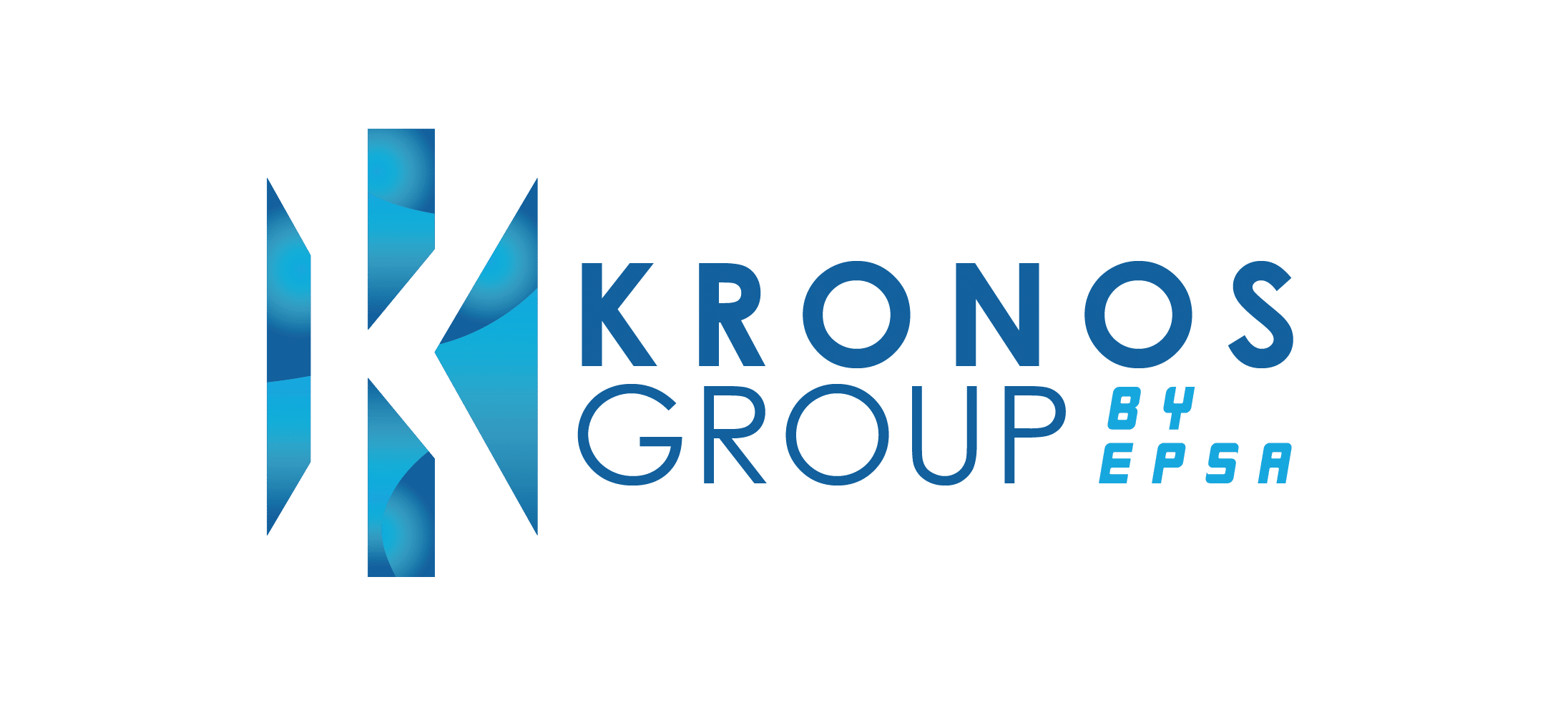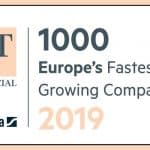Innovative procurement strategies that allow a competitive edge for contemporary businesses

Summary
The supply chain is a complex network encompassing all stages from procurement to the delivery of goods and services, involving processes like sourcing, production, logistics, distribution, inventory management, information flow, technology integration, and risk management. Supply chain management aims to optimise efficiency, cost-effectiveness, and customer satisfaction.
The supply chain faces various challenges. The COVID-19 pandemic disrupted global supply chains, causing shortages, delays, and logistics issues. Presently, there are ongoing geopolitical tensions, trade disputes, container shortages, and disruptions in shipping routes that contribute to the volatility. Complications in the Red Sea, a critical maritime route, have added complexity to global supply chains.
To overcome these procurement challenges, businesses must implement innovative procurement strategies. This can include digital platforms, blockchain, and sustainability initiatives. In addition, strengthening stakeholder relationships and risk management, and adopting agile practices are crucial. In the face of market changes, gaining a competitive edge that emphasises adaptability and responsiveness is essential. Overall, businesses need to proactively address supply chain disruptions by leveraging innovative procurement strategies to thrive in the dynamic global environment.
The supply chain is a complex network of interconnected activities and processes that facilitate the creation, production, and delivery of goods and services from raw materials to the end consumer. It encompasses all stages involved in bringing a product or service to market.
Supply chain management involves the coordination and optimisation of processes to ensure efficiency, cost-effectiveness, and customer satisfaction.
An effective supply chain not only strives for efficiency but also emphasises adaptability and responsiveness to changes in market conditions or unexpected events.
Global markets continue to evolve, which results in supply chain management becoming increasingly critical for businesses to remain competitive, optimise costs, and maintain levels of quality to meet the ever-changing expectations of consumers.
What are the struggles and challenges within the supply chain?
The volatility of the supply chain is a stark reality in today’s dynamic global business environment. Numerous factors contribute to the unpredictability and rapid fluctuations experienced within the supply chain and its process functionality.
In the present business environment, there is immense volatility and uncertainty in the supply chain due to differing political standpoints, countries in the face of stabilisation and recovery from the pandemic, and notable increases in globalisation.
The pandemic had a significant toll on supply chains. Lockdowns, travel restrictions, and factory closures led to shortages of raw materials, delayed production, and transportation issues, which resulted in massive blockages in global output, competitiveness, demand and supply.
Disputes between countries, such as the United States and China, Ukraine and Russia, Palestine and Israel and Iran and Yemen have severely affected the flow of goods and added complexity to supply chain decisions.
More recently, there have been container shortages, congestion at ports, and disruptions in shipping routes which have impacted the timely movement of goods.
Presently, the supply chain is hindered by a massive detour. The Red Sea is a critical maritime route that connects the Mediterranean Sea to the Indian Ocean, facilitating international trade and connecting several economies such as Egypt, Saudi Arabia, Yemen, Djibouti, Sudan, Ethiopia, United Arab Emirates, Qatar, Oman and Eritrea. Ships today are avoiding the Suez Canal and sailing an extra 4,000 miles around Africa, which has resulted in higher costs since there is an excessive amount of burning fuel, inflating costs and an added 10 days of travel to supply chains.
To address these issues companies must proactively implement and adapt to robust risk management strategies, leverage advanced technologies, and cultivate flexibility to thrive in volatility and continuous change. 80% of organisations have experienced at least one significant supply chain disruption while 50% experienced three or more supply-based struggles.
Supply-end struggles and challenges businesses have to face are:
Pandemic disruptions
The COVID-19 pandemic has disrupted the entire global supply chain, affecting every part of the value chain, from raw material sourcing to the end customer. The ongoing global logistics disruptions stemming from the pandemic continue to impact businesses and consumers as the flow of consumer goods into key markets such as North America, Europe, South East Asia, and India is restricted by the continued shutdowns of major global ports and airports.
Logistics disruption
Logistics disruptions tend to create a ripple effect across global supply chains that ultimately cause goods to pile up in storage. 57.7% of firms are trying to work through ongoing transportation capacity shortages. This has had an impact on ships on their way to ports through diversion or being slowed down as they arrive at major transit hubs, restricting global trade flows and limiting access for businesses to import products and refill inventory.
Rising cost levels
Rising fuel prices, increasing commodity prices, and sensitive demand levels lead to higher charges for storage, transfer, and product management. The global economic landscape is dynamic and volatile with costs being influenced by various factors like inflation, currency fluctuations and geopolitical events. Cash flow management is a critical issue in every organisation but it is especially difficult in worldwide logistics and supply chain management.
How can businesses overcome supply chain challenges to remain competitive?
All businesses more or less operate in volatile, competitive, and dynamic environments in this day and age. Gaining a competitive edge is essential for businesses in such conditions as it enables them to differentiate themselves from competitors, attract customers, and sustain long-term success.
It also allows a business to offer unique value propositions, whether through innovation, superior quality, cost leadership, or exceptional customer service. In today’s evolving, globalising, and interconnected economy, customers have numerous options, making it imperative for companies to stand out.
A competitive edge not only enhances customer loyalty but also attracts new clients, which fosters business growth. Moreover, it enables firms to weather uncertainties and challenges more effectively and efficiently.
Ultimately, gaining a competitive edge goes hand in hand with resilience, profitability, and the ability to lead in a rapidly evolving business landscape. Companies that prioritise and maintain a competitive edge are more likely to thrive, innovate, and shape the future of their business industries.
How can innovative procurement strategies help address these challenges?
Cutting-edge procurement strategies are crucial for organisations seeking to optimise their sourcing processes, enhance supplier relationships, and drive cost efficiencies. Thus, they are crucial to overcoming supply chain challenges and remaining competitive.
Some innovative procurement strategies that contribute in this regard are:
- Digital procurement platforms
Implementing digital procurement platforms and e-sourcing tools enables the automation of procurement processes. This can include features like e-auctions, e-catalogues, and supplier collaboration portals, streamlining the sourcing and procurement lifecycle.
- Blockchain technology
Utilising blockchain technology can enhance transparency and traceability in procurement processes. Blockchain helps secure transactions, reduce fraud, and create a decentralised and tamper-proof transaction ledger, improving supply chain trust.
- Predictive analytics for demand forecasting
Leveraging predictive analytics and demand forecasting helps organisations calculate demand accurately and precisely. This enables better planning for procurement, meeting stakeholders’ needs, and reducing the risk of stockouts or excess inventory.
- Supplier collaboration platforms
Building collaborative platforms that facilitate real-time communication and information sharing between stakeholders strengthens connectivity and relationships. This can enhance collaboration on product development, quality improvements, and innovation.
- Dynamic Purchasing Systems (DPS)
This allows for real-time purchasing from a pre-qualified pool of suppliers, which optimises costs and maintains quality. This agile procurement strategy is beneficial in rapidly changing market conditions or where competition among suppliers is high.
- Supplier risk management
Implementing advanced risk management tools and processes helps firms identify and mitigate potential risks associated with suppliers or vendors. This includes monitoring geopolitical, financial, and operational risks to ensure supply chain resilience.
- Green procurement and sustainability
Integrating sustainability into procurement practices by prioritising environmentally friendly and socially responsible suppliers. This not only aligns with corporate social responsibility but also meets the increasing demand for sustainable products.
- Outcome-based contracts
Shifting from traditional input-based contracts to outcome-based contracts focuses on achieving specific outcomes or performance metrics. This approach incentivises suppliers to deliver value, quality, and innovation rather than just a purchase order.
- Crowdsourcing and innovation challenges
Engaging with a broader community through crowdsourcing and innovation challenges can yield creative solutions and identify potential suppliers with unique offerings. This approach fosters innovation in the procurement process.
- Supplier diversity programs
Promoting supplier diversity by seeking suppliers of various demographics, including minority-owned, women-owned and small businesses. This supports social responsibility goals but also brings diverse perspectives and innovations into the supply chain.
- Build stronger stakeholder bonds
Procurement is indispensable, thus fostering strong and collaborative relationships with key stakeholders is essential. Facilitating open communication and creating trust and mutual understanding can lead to better support during supply-side challenges times.
- Risk management strategies
Develop comprehensive risk management strategies that identify potential risks and outline mitigation plans, which include understanding geopolitical, economic, and environmental risks that can affect supply chain operations in the long and short term.
- Inventory optimisation
Strategically placing inventory at key locations to reduce transportation costs and enable faster response times. The right level of inventory effectively assists businesses in meeting customer demands whilst minimising storage requirements and resource wastage.
- Agile supply chain practices
Embrace agile supply chain practices to enhance flexibility and responsiveness. Agile methodologies allow businesses to adapt to changes in demand or unforeseen disruptions. This can be done using procurement software, consultants, or mobile procurement.
- Leverage technology
Invest in advanced technologies such as machine learning and blockchain to streamline processes, reduce errors, and improve supply chain efficiency. Continuous improvement initiatives help identify areas for enhancement and adapt to changing conditions.
- Sustainable Practices
Integration of sustainable practices into supply chains to align with corporate social responsibility and growing consumer demands for eco-friendly products. It not only addresses environmental concerns but also contributes to cost savings.
- Scenario planning
Developing a scenario plan for potential disruptions. This involves simulating various scenarios, how the business could potentially face contingent events and preparing strategies to address each one, promoting agility, resilience, and readiness for dynamism.
These innovative procurement strategies not only improve efficiency but also contribute to strategic goals such as sustainability, risk management, and supplier relationship development. Adopting a combination of these strategies can position organisations for success in an ever-evolving business landscape.
By adopting a combination of these strategies, businesses can enhance the resilience and competitiveness of their supply chains. In the face of evolving challenges, flexibility, adaptability, and proactive planning are essential for sustained success.
Secure the support of a procurement consultant to embrace innovative procurement strategies and secure your competitive advantage
The key to mitigating these supply-side challenges lies in acquiring informed perspectives and executing targeted initiatives. This paves the way for optimised spending, transformative business practices, adopting methods to achieve digital maturity, and the attainment of procurement excellence—all essential elements for the sustained success of business operations and combatting the challenges on the supply front.
Such initiatives promise not just financial gains but also pave the way for a plethora of returns that can redefine the trajectory of your business.



